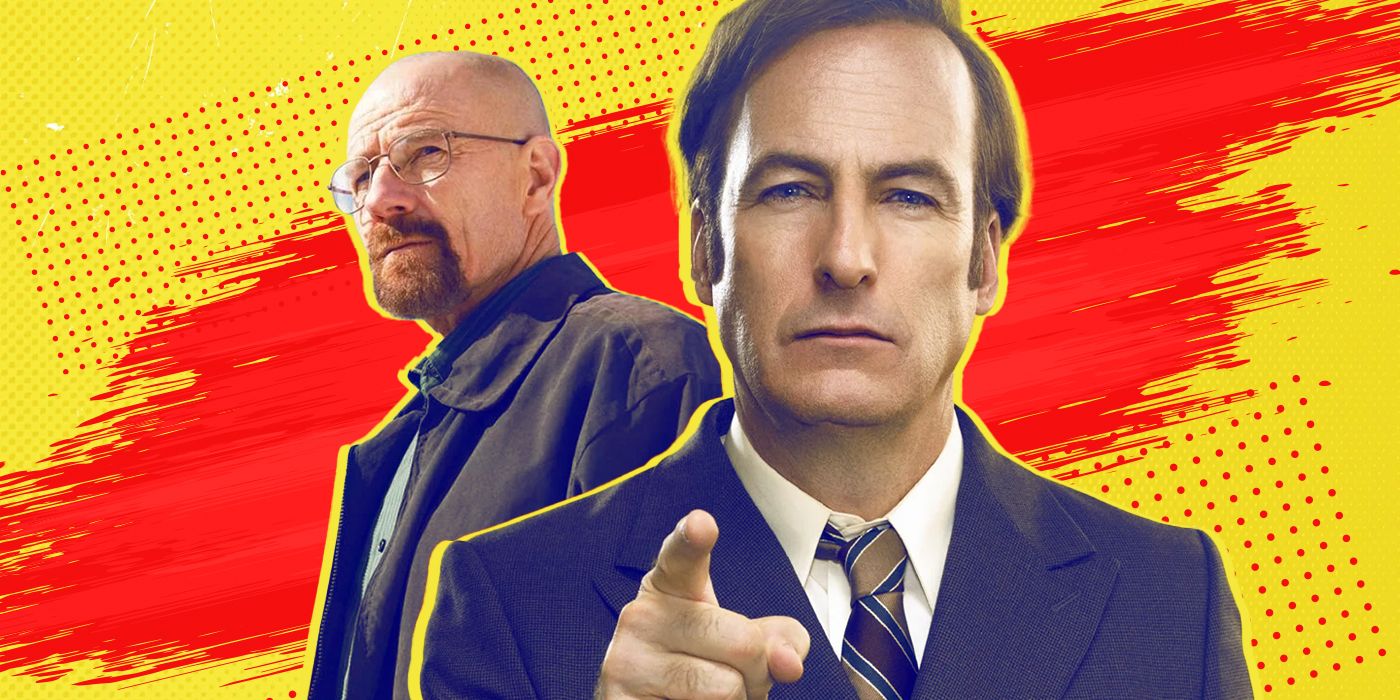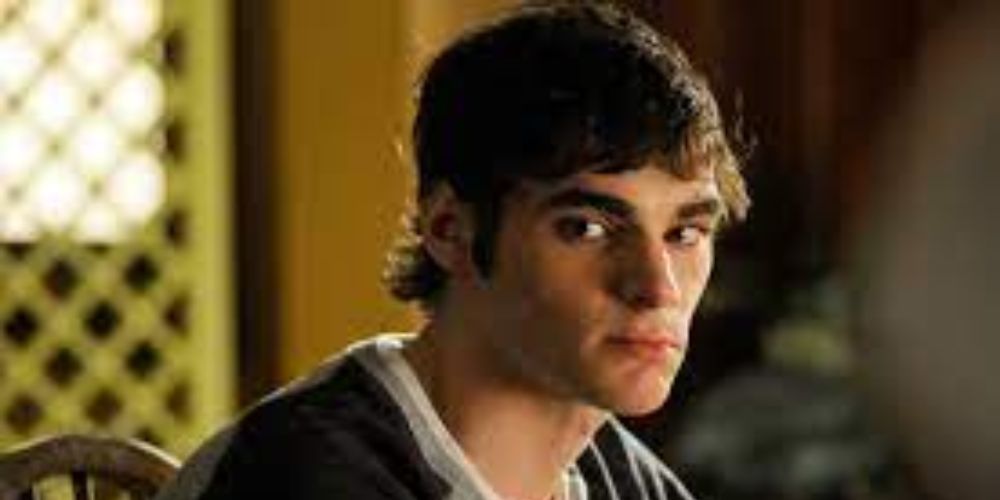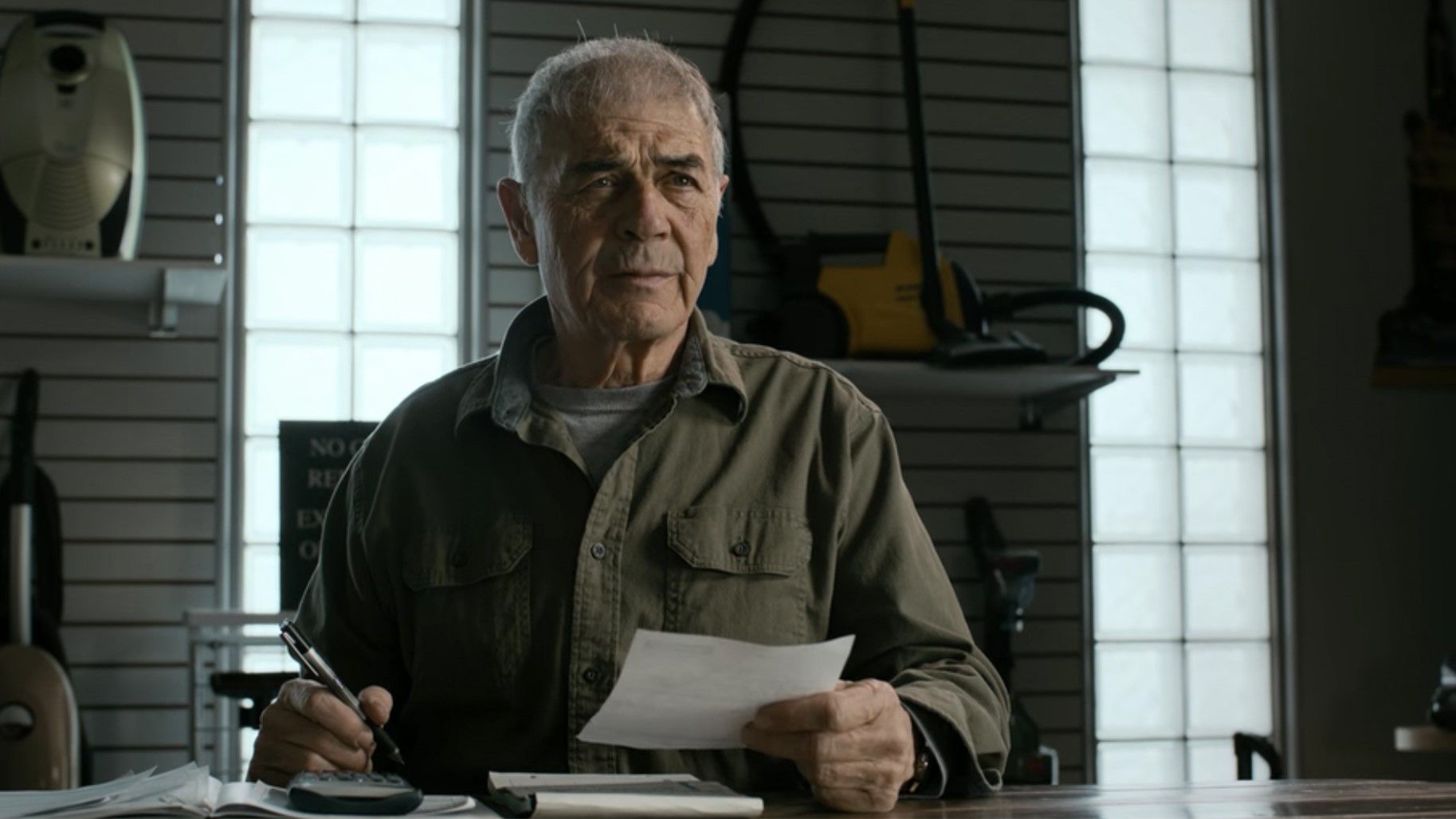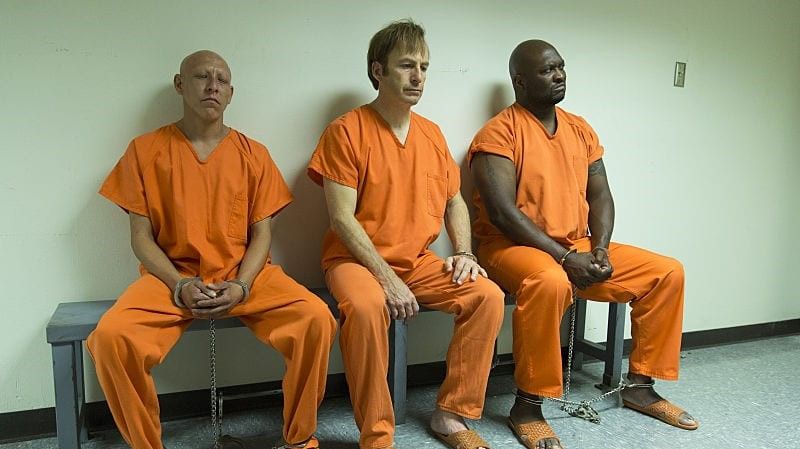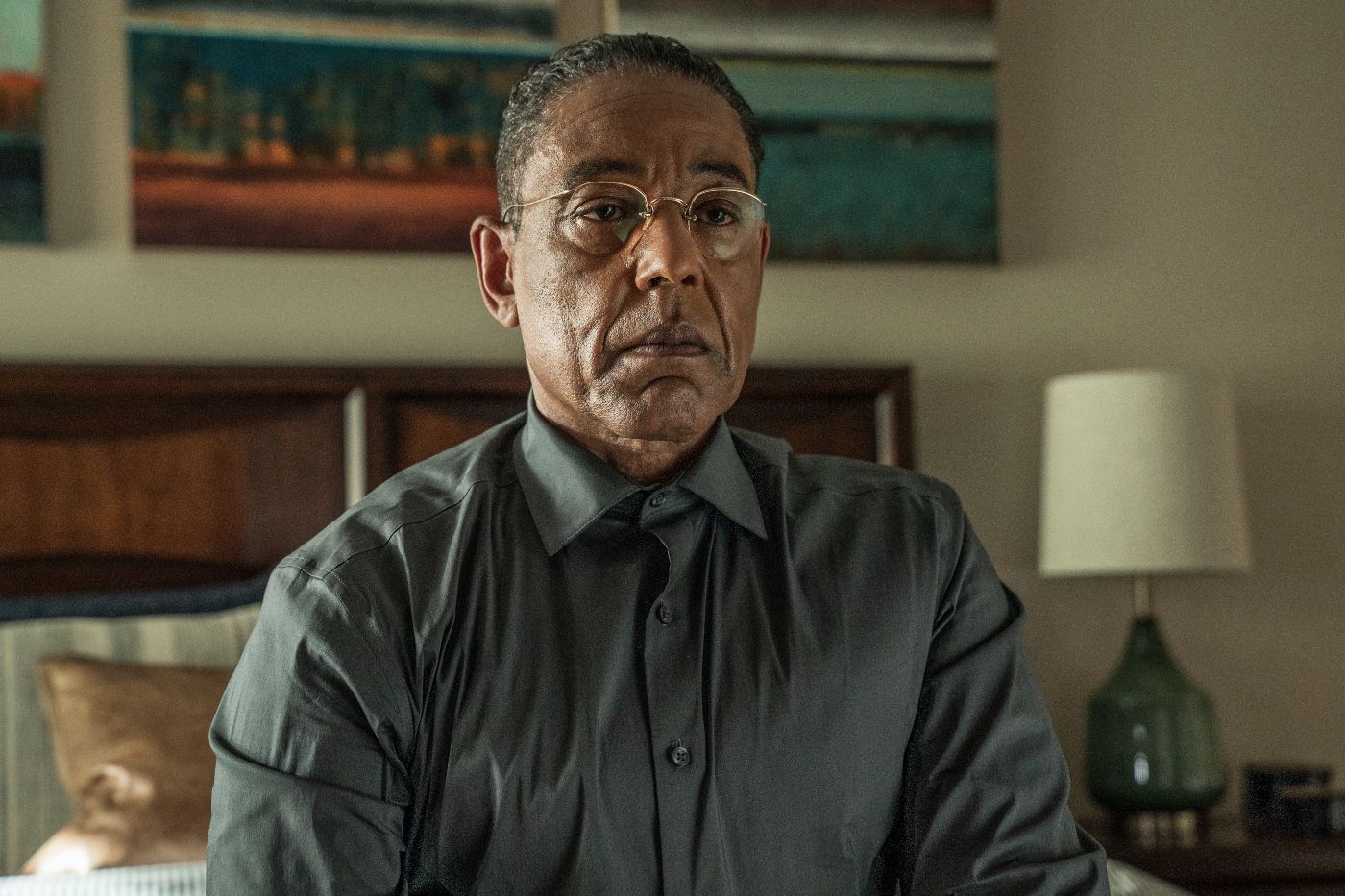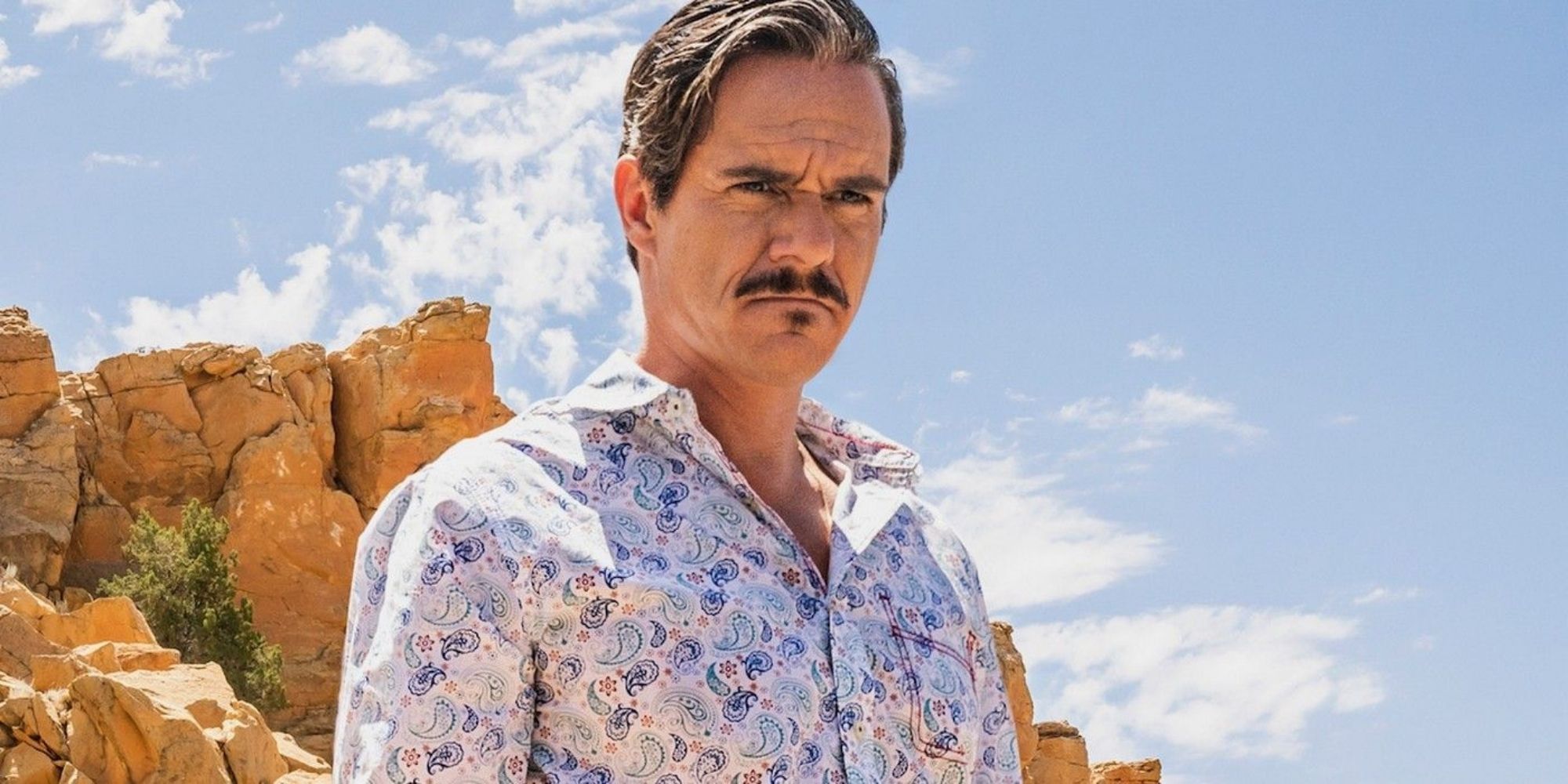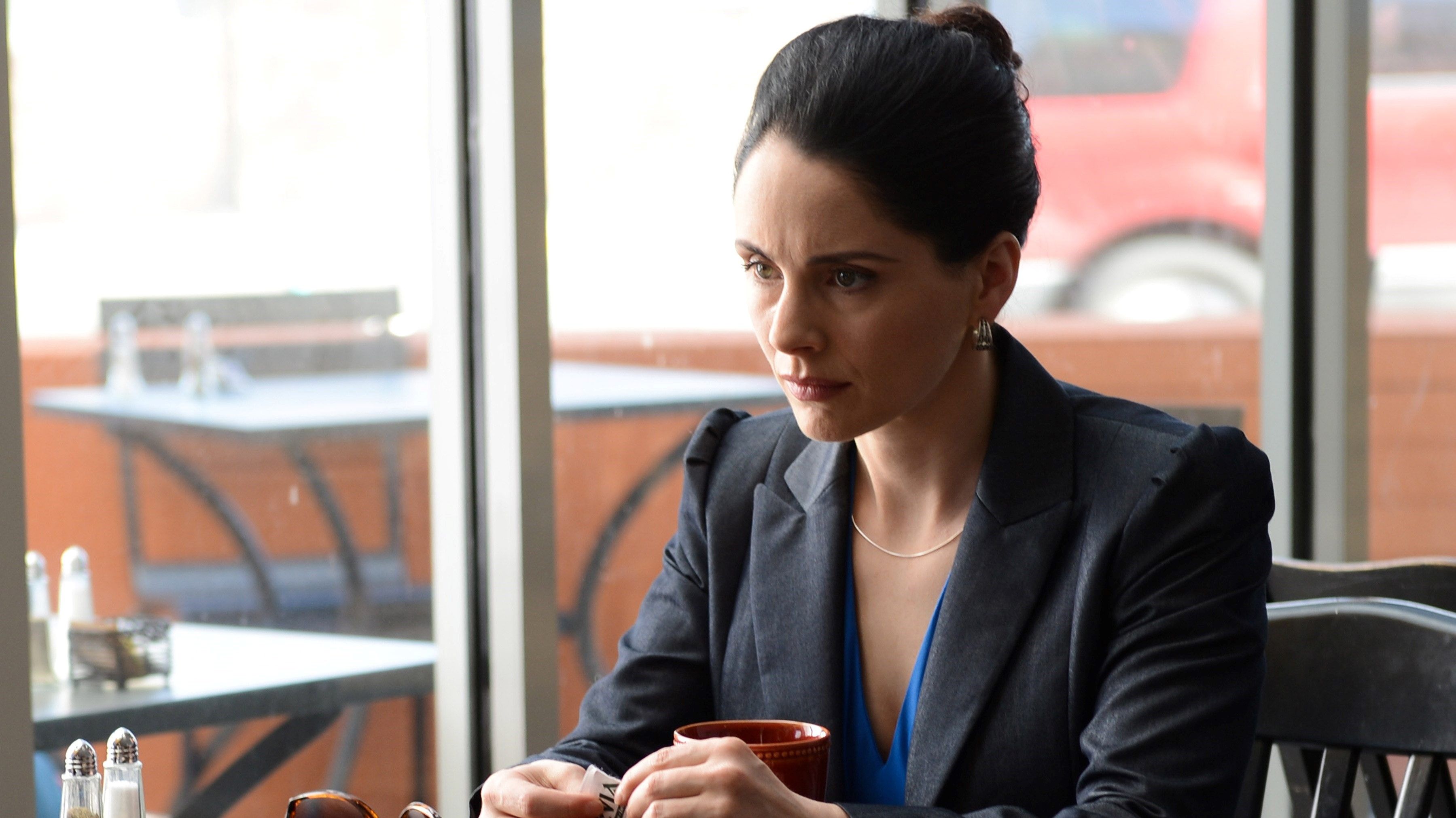Editor's note: The following contains spoilers for the series finale of Better Call Saul.
In the end, most of the character arcs in Better Call Saul ‘s finale ended in black and white reconciliation. Lifeless and buried in a grave under a secret super-lab. Incarcerated after a final sacrifice for love. Relocated to Florida hoping palm trees and pro bono work becomes peace. Despite these resolutions, there are still endless possibilities to expand the series through its minor characters or small crossover details from the show’s counterpart Breaking Bad. And although the show's creators Vince Gillian and Peter Gould said it might be a minute, they haven’t ruled out more New Mexico-based crime content.
The universe could continue to detail the community's struggle with the drug game through local characters like Ed Galbraith (Robert Forster), Flynn White (RJ Mitte), or even a look at how Tuco Salamanca (Raymond Cruz) and Skinny Pete (Charles Baker) got along in Los Lunas Prison. Backstory questions still exist abroad with other major characters like Gustavo Fring (Giancarlo Esposito), Lydia Todarte-Quayle (Laura Fraser), and Lalo Salamanca (Tony Dalton). Either character could take the series to the unknown and to the roots long-established before Walter White (Bryan Cranston) or even Slippin’ Jimmy (Bob Odenkirk). Dead, alive, or incarcerated, some characters still have secrets on their own ascents in the crime world or would reveal a new, entirely untouched pocket of the cartel syndicate.
Here are a few of the spin-offs we'd love to see happen.
Agent Flynn White
A series on Flynn's struggles to recalibrate his life after his father’s public and notorious demise.
Walter Jr. and his father's tumultuous relationship was best emphasized through the flip-flopping between the names Walter Jr. and Flynn. In fact, throughout most of the show, Walt Jr. continually appeared closer to his uncle Hank Schrader (Dean Norris). The conflict seemingly ended at the end of Breaking Bad, when Walter declined to confront Jr. one last time outside his school, while Walter was still on the run. The audience was left to speculate how Flynn handled the public arrest of his father and generally how the White family coped with the infamy. And, what about the money? That slice of the $9.72 million of drug money Walter coerced Gretchen (Jessica Hecht) and Elliott Shwartz (Adam Godley) to transfer via irrevocable trust to the family after Water's death. Perhaps Flynn, who typically held his moral compass close, donated most of the money to methamphetamine rehabilitation centers. There’s also the obvious like-father-like-son spinoff possibility. Or maybe something more layered like an introspective narrative on Flynn’s life, which has been devoted to following his uncle's footsteps in an attempt to avenge his father's crimes.
The Black Book
A series detailing the seedy figures of accumulated criminal contacts from Dr. Caldera’s little black book.
Both shows made clear that behind the normalcy of routine Albuquerque life operated a dark network of drug distributors, arms dealers, and hitmen. Some of these characters were introduced through pseudo-veterinarian Dr. Caldera’s (Joe DeRosa) black book, which Saul Goodman (Bob Odenkirk) purchased to further his contacts. Most of the contacts are still unknown to the audience, but could be stringed together a collection of character vignettes.
A known contact from a loose-leaf business card included in the black book introduced audiences to Ed Galbraith, the vacuum-repair specialist who owned Great Quality Vacuum. On the surface, Ed was a legitimate businessman running a dinky service in a dying industry. But it was all a front for his clandestine "disappearing business," where for $125,000, criminals could start afresh with a new identity, avoiding any impending trouble with law enforcement. Little to no background exists on Ed, except in his regimented demeanor and detail to executing the vanishing plans. Perhaps his resources and abilities allude to a past in law enforcement, or perhaps he was once a recipient of the services he now provides.
Another unsung seamy character, deserving of a backstory look is veteran arms dealer Lawson (Jim Beaver), who could spotlight the infrastructure development of the criminal world in Albuquerque. He was one of the few dodgy characters who would've been around to see it go down, as he admits to servicing unarmed criminals for “30 years plus.” He could even serve to detail what happens in Albuquerque after Breaking Bad, as Lawson was one of the last people to deal with Walter, selling him an M-60 machine gun and a car before Walter returned to face Jack Welker (Michael Boewn).
Los Lunas Prison
A series detailing Albuquerque’s prison population at Los Lunas and how the Cartel wages influences from outside prison walls.
Set in the arid desert of Valencia County, Los Lunas prison was a setting seldom used by the show’s creators, but was ultimately the component that linked Walter White to the Salamanca drug trade. In Season 1 of Breaking Bad, Skinny Pete introduced Jesse Pinkman (Aaron Paul) to Tuco Salamanca, who Skinny boasted as his former cellmate in Los Lunas prison. Despite Skinny's assurances, during the distribution deal with Jesse, Tuco’s disregard for any sentiment with Skinny questions their relationship in prison. Los Lunas was lightly touched in Better Call Saul through updates relayed to Hector Salamanca (Mark Margolis) on his nephew’s incarceration. In one of those messages, Lalo Salamanca assures Don Hector, Tuco will be released from prison in eleven months, indicating he or the cartel had some type of pull in the prison ranks. How strong was their pull, and how does that implicate the Albuquerque judicial system? And was Skinny holding Tuco's pocket while they were in jail, or is there more to their relationship?
Gustavo Who?
A series detailing Gustavo Fring’s life in South America and subsequent rise in the cartel.
The drug-dealing mastermind mockingly named “The Chicken Man” was the featured antagonist in both shows and perhaps the most mysterious. So mysterious, neither the DEA nor his own bodyguard, Mike Ehrmantraut (Jonathan Banks), were able to dig up any records of him, indicating that even his name was a fake. Audiences could surmise Fring was in the military sometime before the drug game, as Hector Salamanca sometimes referred to him as “big Generalissimo”. But in the late '80s, Fring first made his way into the cartel collaborating on cocaine distribution. Then in an attempt to better legitimize his standing, he founded Los Pollos Hermanos fast food restaurant, attempting to ease up distribution logistics, which eventually solidified the cartel’s respect for him, something previously missing because Fring was South American. But how did Fring find his way into the drug game in the first place?
In one flashback, audiences were introduced to Fring's romantic partner Max Arciniega (James Martinez), who originally co-founded Los Pollos and was the chemistry-genius behind all of Fring's formulas. Max was killed in front of Fring as punishment for Fring's brazen move to force a meeting with the cartel by selling drugs to men in their territory without their consent. This event was pinned as the reason for Fring's entrenched rage and later vengeance. But a man willing to dupe the cartel for a meeting must’ve developed that type of nerve long before the execution.
And where did the manipulation come from? His ability to garner the trust from those with the most power was impressive. He was even able to manipulate authority outside the cartel, earning the DEA’s trust with donations to their charitable events and good-faith acting when Agent Schrader was shot and sent to the hospital. It was his toothpaste smile and perfect syntax mixed with true Machiavellian intentions that made Gus so compelling. His temperament alluding to past tragedy, that can only be nurtured, not natured.
The Southern Branch
A series recounting the lineage of the Salamanca family, as it joined forces with Don Eladio and expanded their business to the United States.
Operating out of Mexico, the cartel posed a variety of shady characters deserving consideration for a spinoff. Specifically, the Salamanca family for an explanation on how its members were bred into becoming cold-blooded hitmen or jovial sociopaths. Starting with the patriarch, most of Don Hector’s character in Breaking Bad and Better Call Saul sat in a wheelchair. But a man so respected by Don Eladio (Steven Bauer) himself has to have a serious backstory. Flashbacks hint at a man once full of ruthless power, cruelty, and cigar smoke. Like in Season 3, when a flashback showed Don Hector teaching his nephews Marco Salamanca (Luis Moncada) and Leonel Salamanca (Daniel Moncada) a lesson that “family is al," by drowning Leonel in an ice bucket after Marco wished him dead. That was in 1989, when Don Hector was regarded as the most brutal boss in the cartel.
That explains the brutality of his nephews, but how it happened is still a mystery. The show could then delve into the young lives of “The Cousins,” Marco and Leonel, and how they were nurtured through the Cartel to become the organization's go-to hitmen. And what’s with the silence? Seldom did either character speak in Breaking Bad or Better Call Saul, a deviation from the flashback with their uncle when the two seemed to still be youthful, or at least audible.
Finally, the series could showcase Eduardo “Lalo” Salamanca, also known in Better Call Saul as Don Eduardo. Lalo was different. Although he was raised by his uncle like the rest of his cousins, he operated under a guise of charm and charisma, duping almost anyone who questioned his legitimacy. His actions were calculated, not emotional, going as far as hiding out in a sewer for three days to catch his rival Gustavo overstepping his place in the cartel. The facade Lalo was able to sustain throughout his character development implied a rigid but impressive up-bringing, as he is constantly trusted with the Cartel's dirtiest work. And even though Lalo only appeared in about two seasons of Better Call Saul, he was one of the few characters whose impact lingered even when he wasn’t on-screen. Catch the relief in Saul's face in Season 3 of Breaking Bad, when his kidnapers tell him Lalo wasn't the one who sent them. A type of influence that deserves context.
Todarte-Quayle
A series of a single mother’s moral complexity and her rise in the white-collar side of the cartel’s operation.
Lydia Todarte-Quayle was the tightly-wound Madrigal Electromotive executive, first introduced as Gustavo Fring’s plug for barrels of methylamine. After Fring’s death, she continued her distribution to Walter White’s newly-found operation, and later to Jack Welker’s gang, after Walter was forced into hiding.
Lydia’s background and her initial connection to Gus is still unknown. Aside from her daughter, German fluency, and affection for Stevia, little is known about Lydia’s personal life or background. There was something about Lydia’s unnerving temperament and covert ability to play both sides of a conflict that makes her a compelling character for a spinoff. How does a business executive from Houston possess the gall to order an 11-man hit list, while also honing the resolve to calmly coax a DEA agent into feeding her investigation details? In both instances Lydia was either handcuffed at gunpoint or backstabbing former personnel for security. A narrative on her duality and her only redeeming quality, motherhood, could provide a softer glimpse for the female anti-hero.
With loads of contradiction and mystery still shrouded around the majority of the characters from Breaking Bad and Better Call Saul, there isn’t a wrong way for Vince Gilligan to go. And although his counterpart, Peter Gould, recently hinted at Kim Wexler (Rhea Seehorn) as next-in-line for a spinoff, who's to say the universe can't keep playing with the past and present, black and white, and cover multiple characters at once?

